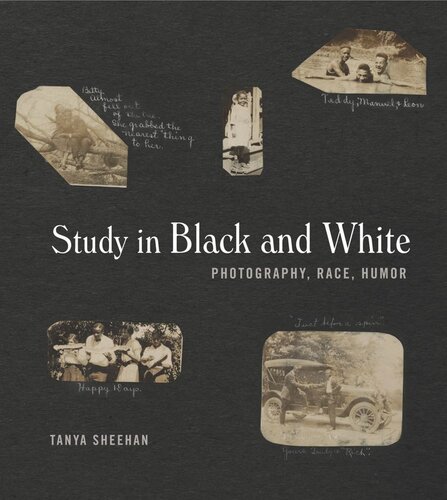

Most ebook files are in PDF format, so you can easily read them using various software such as Foxit Reader or directly on the Google Chrome browser.
Some ebook files are released by publishers in other formats such as .awz, .mobi, .epub, .fb2, etc. You may need to install specific software to read these formats on mobile/PC, such as Calibre.
Please read the tutorial at this link: https://ebookbell.com/faq
We offer FREE conversion to the popular formats you request; however, this may take some time. Therefore, right after payment, please email us, and we will try to provide the service as quickly as possible.
For some exceptional file formats or broken links (if any), please refrain from opening any disputes. Instead, email us first, and we will try to assist within a maximum of 6 hours.
EbookBell Team

5.0
80 reviewsIn this volume, Tanya Sheehan takes humor seriously in order to trace how photographic comedy was used in America and transnationally to express evolving ideas about race, black emancipation, and civil rights in the mid-1800s and into the twentieth century.
Sheehan employs a trove of understudied materials to write a new history of photography, one that encompasses the rise of the commercial portrait studio in the 1840s, the popularization of amateur photography around 1900, and the mass circulation of postcards and other photographic ephemera in the twentieth century. She examines the racial politics that shaped some of the most essential elements of the medium, from the negative-positive process to the convention of the photographic smile. The book also places historical discourses in relation to contemporary art that critiques racism through humor, including the work of Genevieve Grieves, Adrian Piper, Lorna Simpson, Kara Walker, and Fred Wilson.
By treating racial humor about and within the photographic medium as complex social commentary, rather than a collectible curiosity, Study in Black and White enriches our understanding of photography in popular culture. Transhistorical and interdisciplinary, this book will be of vital interest to scholars of art history and visual studies, critical race studies, U.S. history, and African American studies.